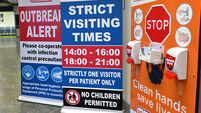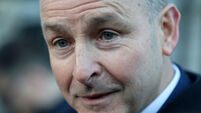Half of commercial rates based on 1980s valuations

The National Property Revaluation Programme was legislated for in 2001 to bring rateable valuations up to date but only began re-evaluations in 2005 and has so far worked its way through just 15 local authorities, accounting for fewer than half of all rateable properties.
Many of the new valuations are already out of date because the law says they must be re-evaluated every 10 years. IT deficiencies have been blamed for the crawling pace of the exercise, which has cost €41m to date.













